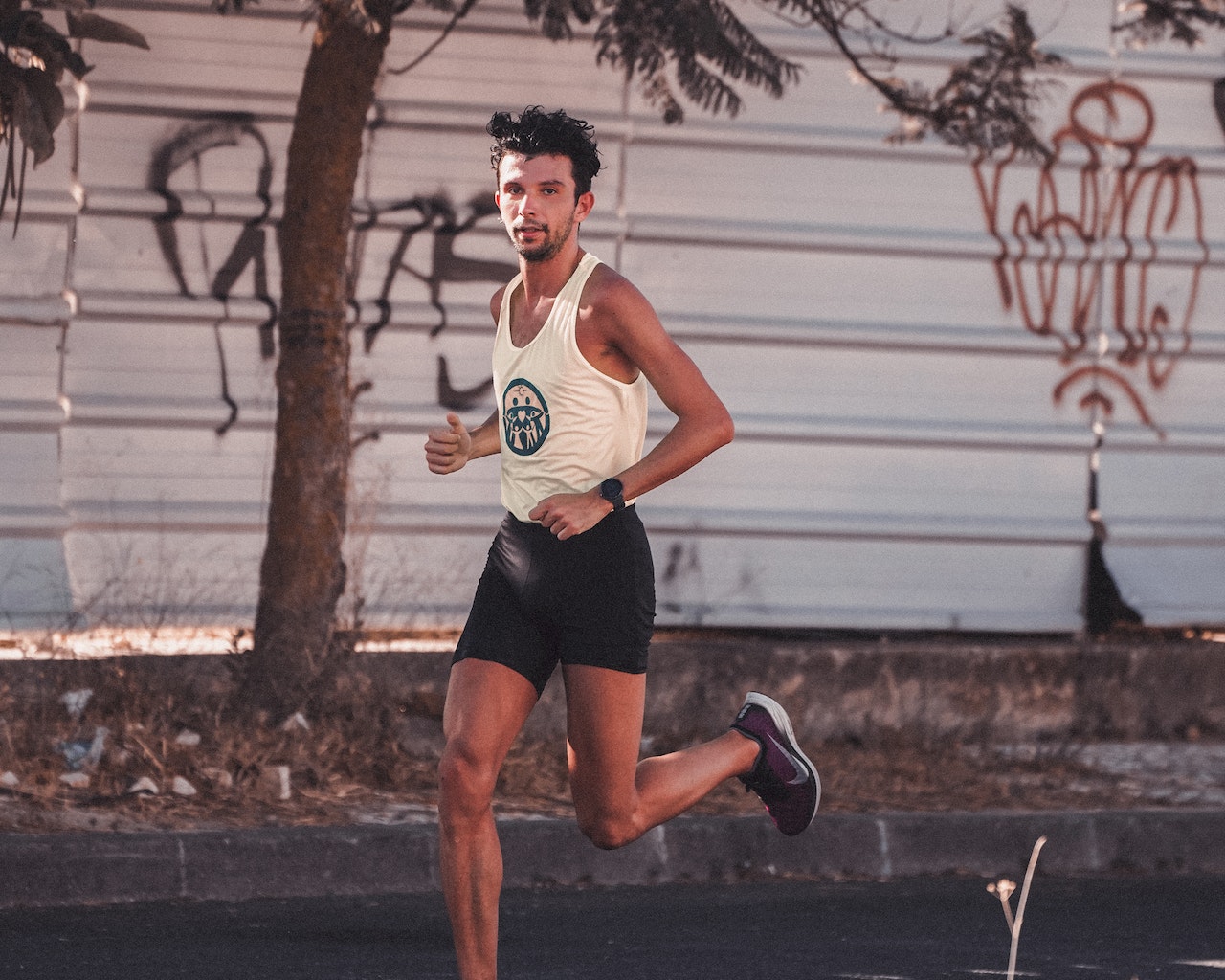
If you are a runner whether that be seriously, as a career, or in a more recreational setting, it is more than likely you may have encountered some hip or groin pain.
Most hip and groin pain issues do not discriminate and can strike anyone. Understanding how to deal with such pain is key in helping you minimize time away from the roads or trails!
Hip and groin pain is a fairly common issue and many runners will adequately recover after a period of rest, after a flare-up. However, knowing some of the signs to look out for such as muscle weakness in and around the hip, tendinopathy, or something more sinister, will allow you to know when to seek assistance.
So what are some of the main causes? Let’s discuss…
1) Lack of strength training
Not respecting the physiological requirements of running, especially the high volume population will soon realise that neglecting the gym will put a glass ceiling on your running and you’ll quickly lose interest.
Quite simply – running requires strength. Our whole lower extremity will contribute to building not only your physiological base but your physical base too. Glutes, quads, hamstrings, calves, they’ll all need attention and too often, runners fail to get this part of their training right.
2) Overtraining
On the other hand, we have the opposite. Have you ever heard of the phrase “too much too soon”? This is a common concept I discuss with all of my clients regardless of their sport/exercise program and applies to runners too as we need to ensure we’re building correctly and sensibly.
Usually, due to increasing your pace, volume and/or weight too quickly, without building a proper base, it’s easy to get lost in the excitement of starting or having the goal of a race or event. Sometimes we need that guidance to keep us on the right track to avoid any unnecessary injuries as our bones, tendons and muscles need the appropriate time to adapt to changes in training.
3) Footwear
Too many times, runners along the whole spectrum are out running in the wrong type of footwear. Normally in my experience, the latest minimalist shoe is the main culprit. We look for information online naturally and somewhere, you might have read a claim that by changing your foot strike, will reduce your injury risk. It’s simply not true, as proven in numerous studies. In recreational runners, all we see is a shift in running pattern with biomechanical changes taking place elsewhere in either the ankle, knee but typically, hip.
Generally speaking, all we need a well-supported, cushioned shoe that is going to protect our connective tissues from those repetitive forces that are being absorbed at every foot strike. There is some nuance as it is not one size fits all but is definitely something to consider as an investment to avoid long hip and groin pain. You wouldn’t drive 1000 miles in a £100 car right?!
4) Lifestyle factors
How many of us start exercising but still are drinking excess alcohol, perhaps sedentary throughout the day or consuming mostly processed foods on our lunch break?
We need to give our body the best chance of success and trying to hit the 1%’s is completely pointless when we’re not nailing the other 99%. Sport and exercise is a complex construct of different processes coming together and poor mobility, excess weight and lack of aerobic conditioning have all been linked to hip pain when attempting to run.
Any of the above sound familiar? Let me help! Hal finished a bespoke training block with me last year after suffering with some hip and groin discomfort. Listen to what he had to say after reaching out to me to address his groin pain here.



